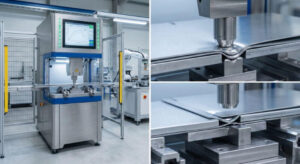
Servo Press for Riveting and Clinching Operations
Many assembly lines today face the same problems. Engineers see uneven fastening quality. They also see fast tool wear. Pneumatic and hydraulic systems often need
We regularly update articles related to the manufacturing industry.

Many assembly lines today face the same problems. Engineers see uneven fastening quality. They also see fast tool wear. Pneumatic and hydraulic systems often need
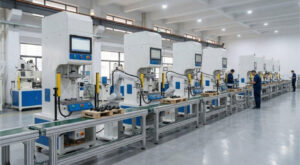
In many factories, bearing press-fit defects continue to be a significant source of rework and warranty claims. Minor errors in fit or press depth can
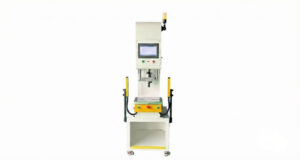
Servo presses are changing how manufacturers handle precision forming. These machines use programmable motion, real-time feedback, and high energy efficiency. This combination provides operators with
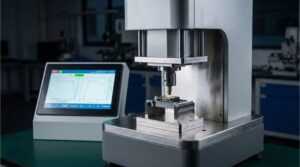
In a small servo press design, stroke length directly determines how efficiently and accurately a forming process performs. The distance the ram travels from top
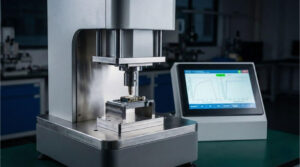
Modern manufacturing is entering an era where near-zero defect rates and micron-level accuracy are no longer optional — they’re essential. Whether it’s assembling EV motors,
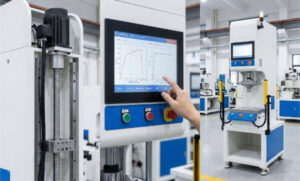
Selecting the right tonnage is one of the most crucial decisions when choosing a servo press. If the press capacity is too low, the machine
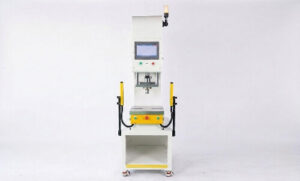
A servo press is a forming machine that uses digital control and a servo motor. It does not rely on a mechanical flywheel or a hydraulic system. This design replaces fixed motion with a programmable stroke. Engineers can control position, force, and speed in real time.
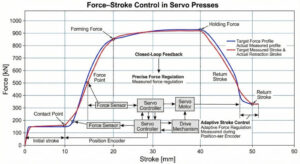
Modern metal forming needs precision, flexibility, and good energy use. Servo presses meet these needs through force–stroke control. This technology enables engineers to set and
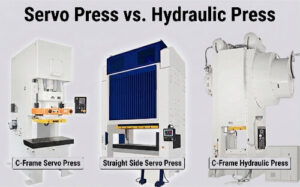
Press systems are the foundation of modern sheet metal forming. As manufacturers strive for higher precision, faster cycle times, and more intelligent automation, two technologies

Customization is revolutionizing the design and production of metal consumer products. The industry is shifting from traditional mass production toward flexible, customer-centered manufacturing. This change
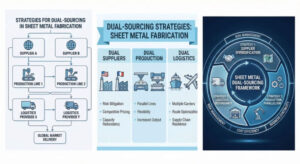
Dual sourcing provides a practical solution. This approach means approving two capable suppliers for the same part or process. If one supplier has a problem, the other can continue production. This setup reduces risk and keeps orders moving.
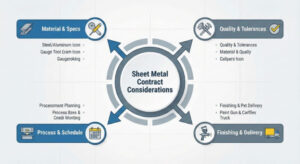
In today’s competitive manufacturing landscape, contract manufacturing has become a strategic way for companies to stay lean, scalable, and responsive. Sheet metal fabrication involves multiple

When choosing a sheet metal supplier, price and lead time often dominate the discussion. But what truly defines long-term success is a supplier’s engineering capability

In sheet metal fabrication, precision often depends on how well teams can manage thermal behavior. Even a small temperature shift can cause dimensional changes, warping,
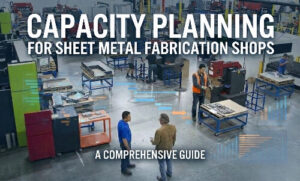
Every fabrication shop faces the same challenge: too many jobs, not enough time, and pressure to deliver faster. Capacity planning is what separates smooth operations
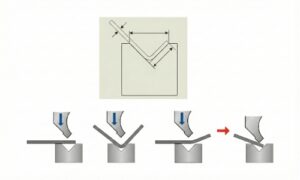
It is a scenario every mechanical engineer and product designer has faced. You design a compact sheet metal enclosure in CAD. The model looks precise,
We will contact you within 1 working day, please pay attention to the email with the suffix”@goodsheetmetal.com”